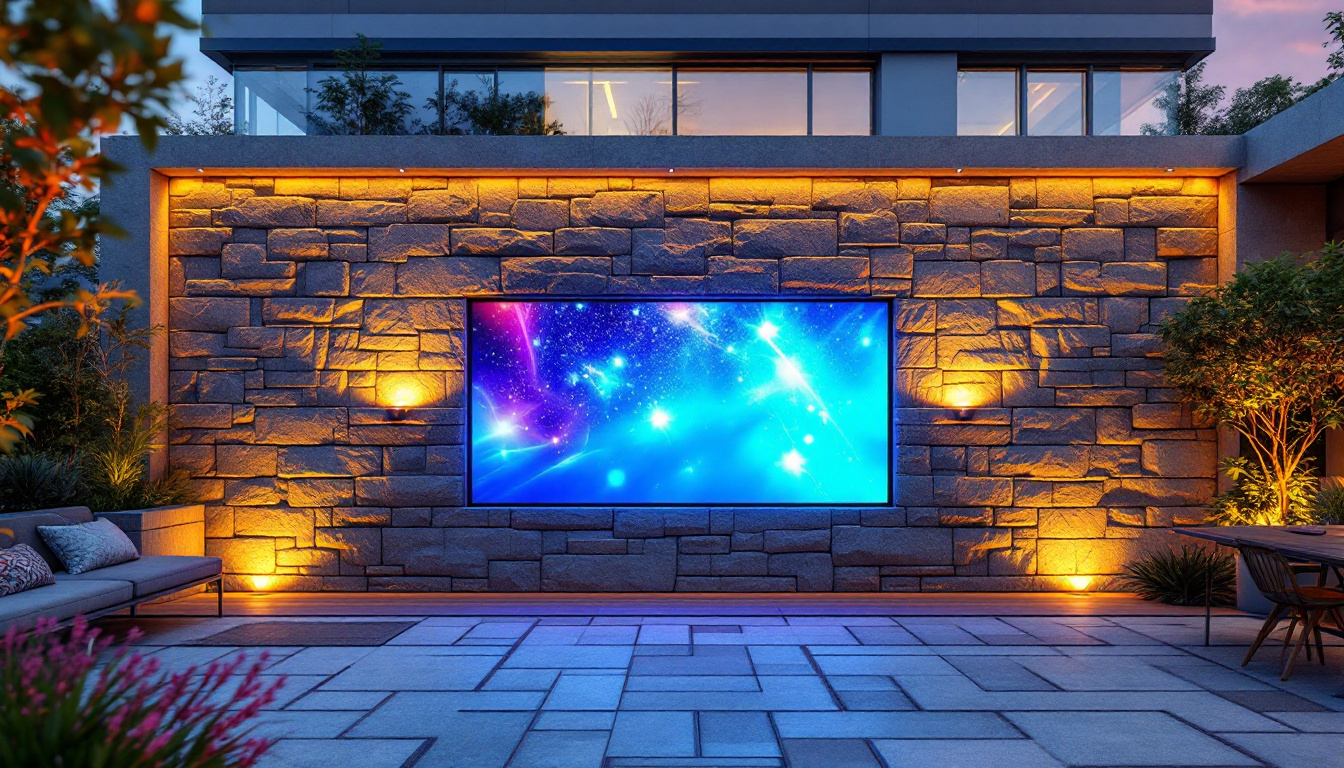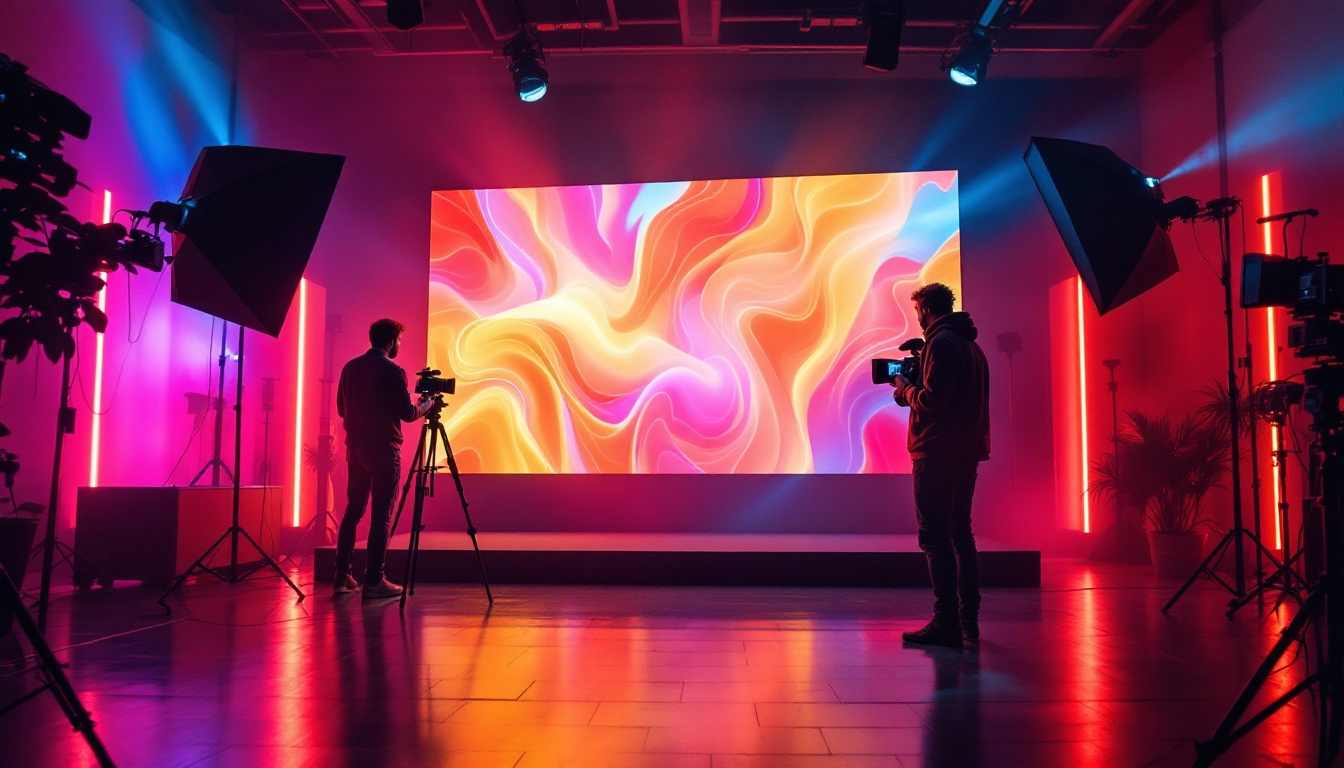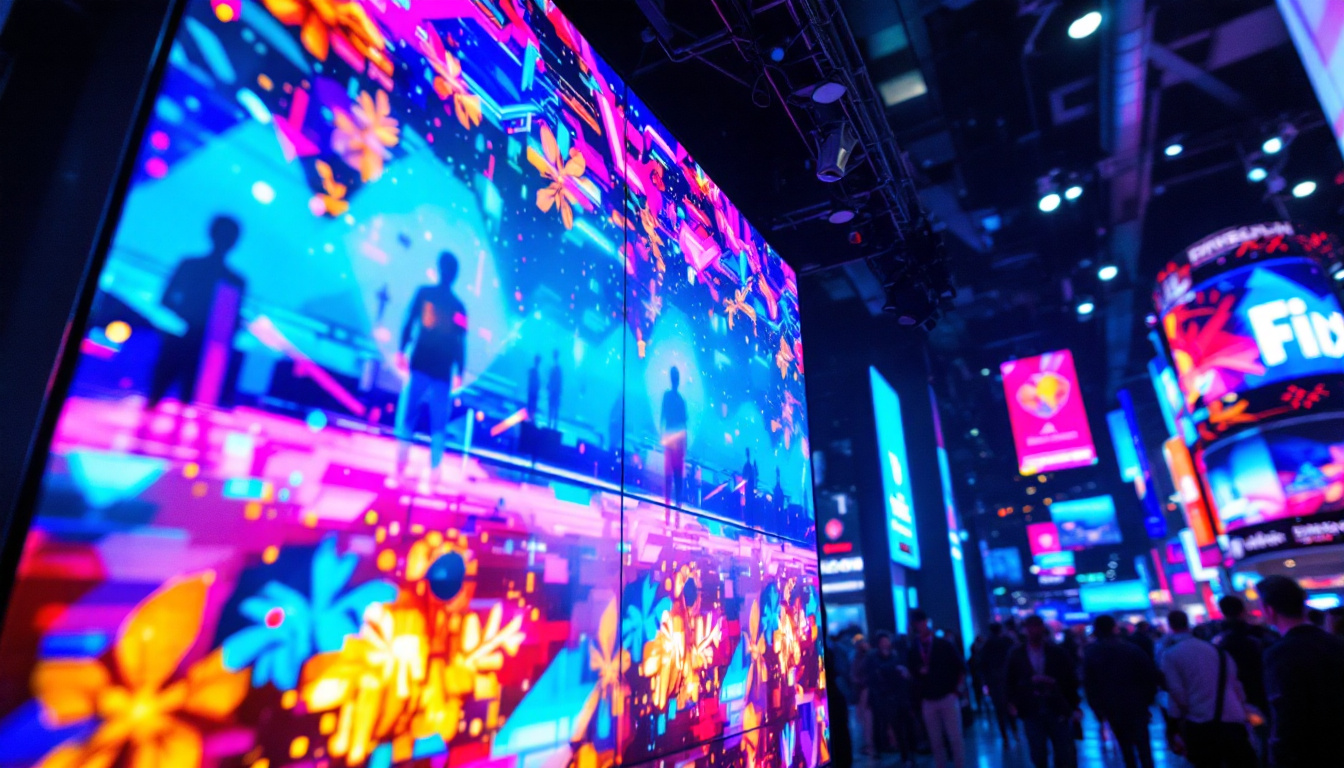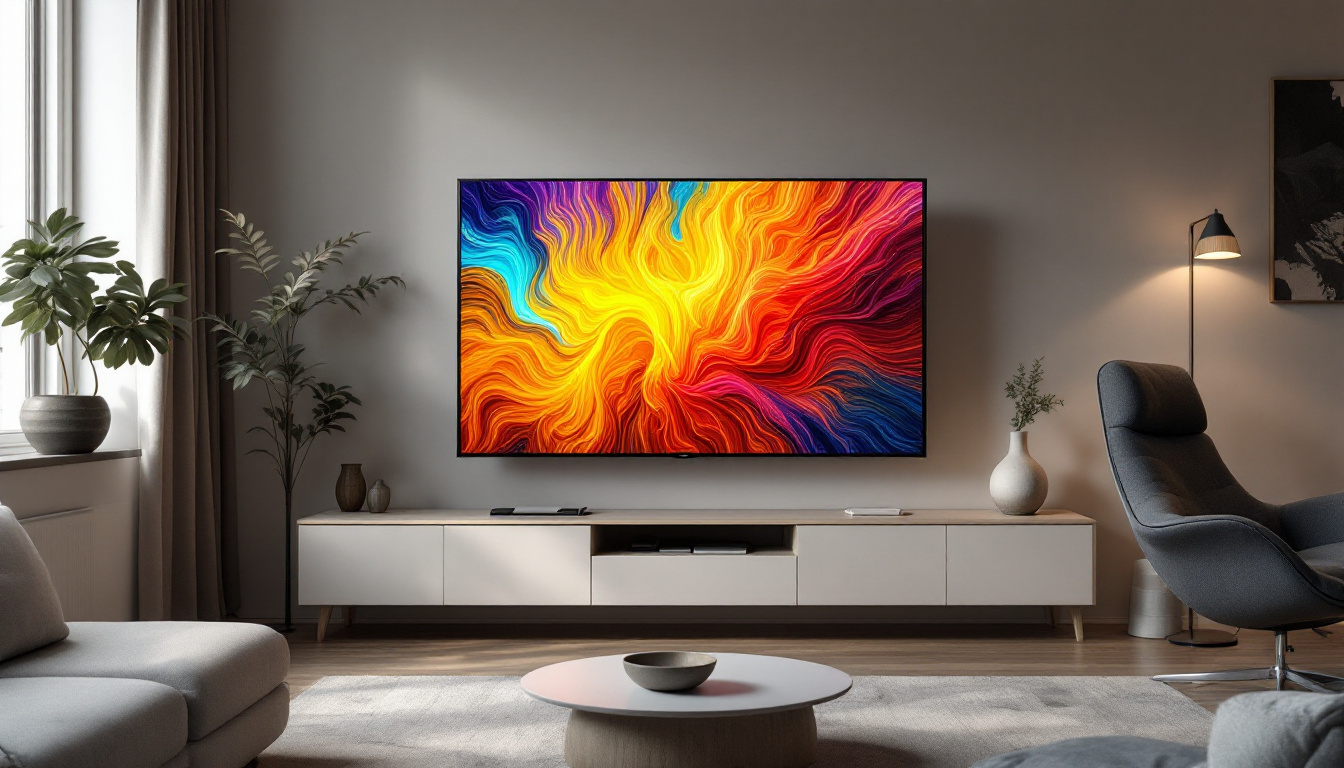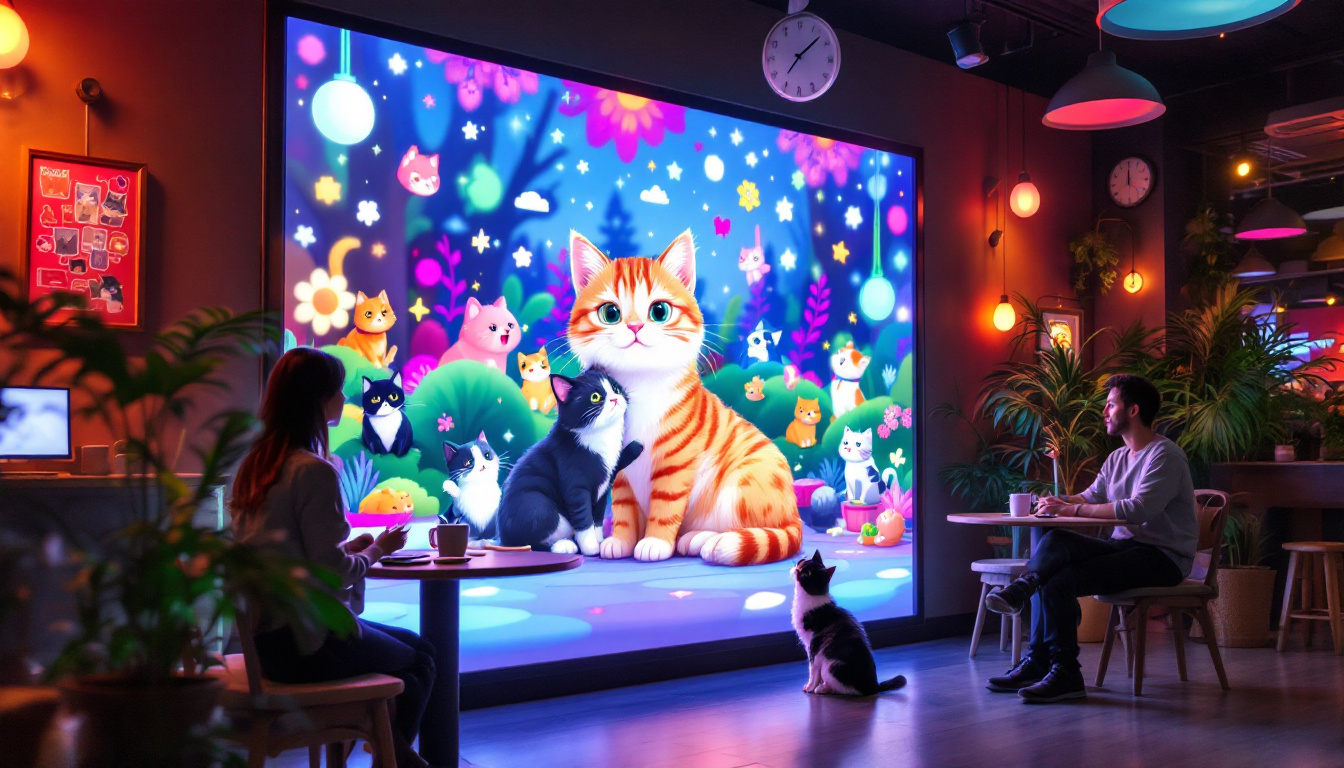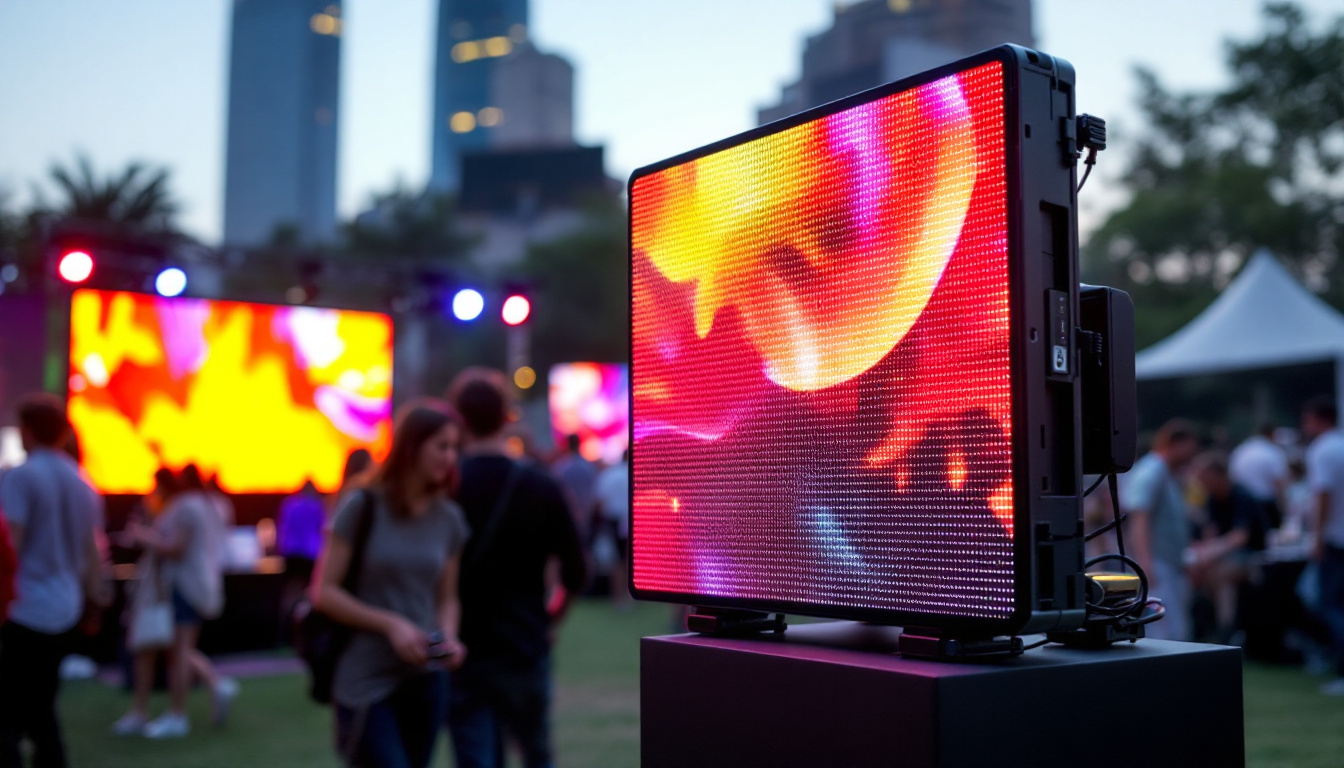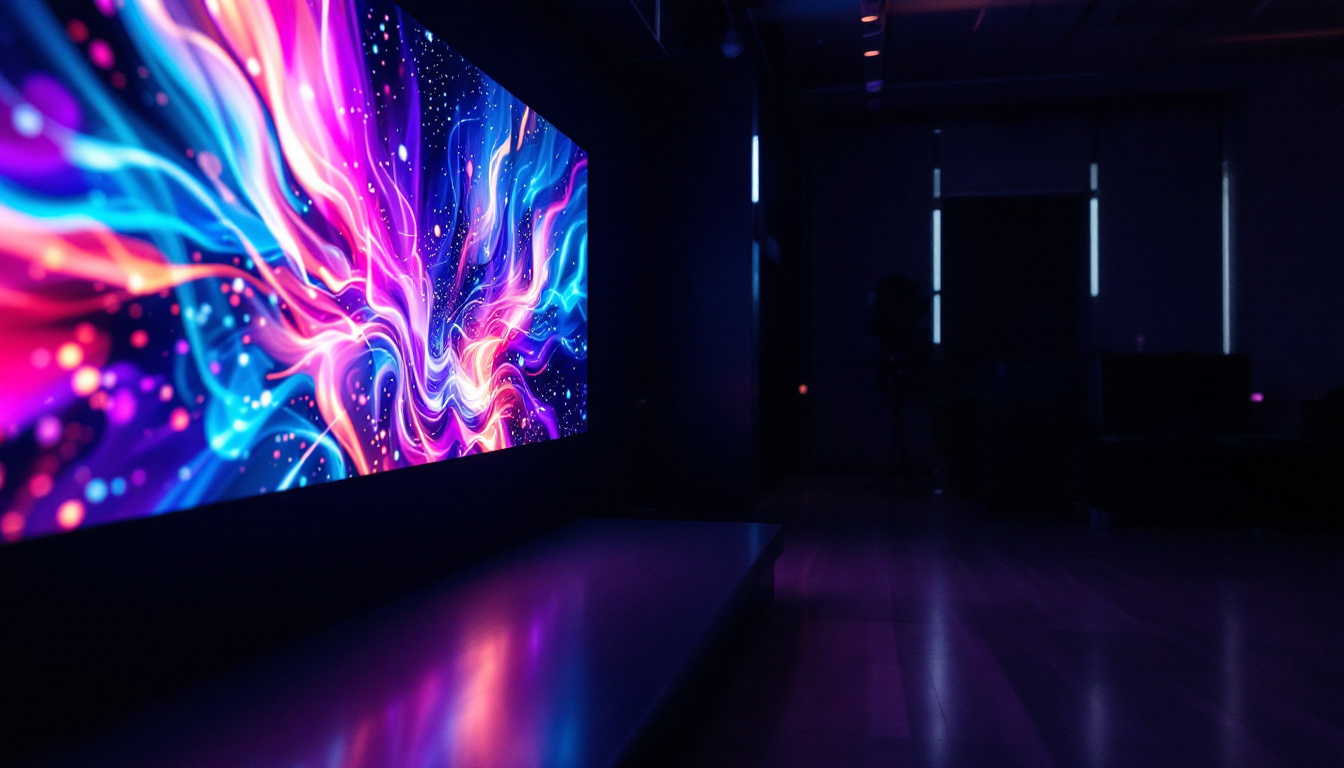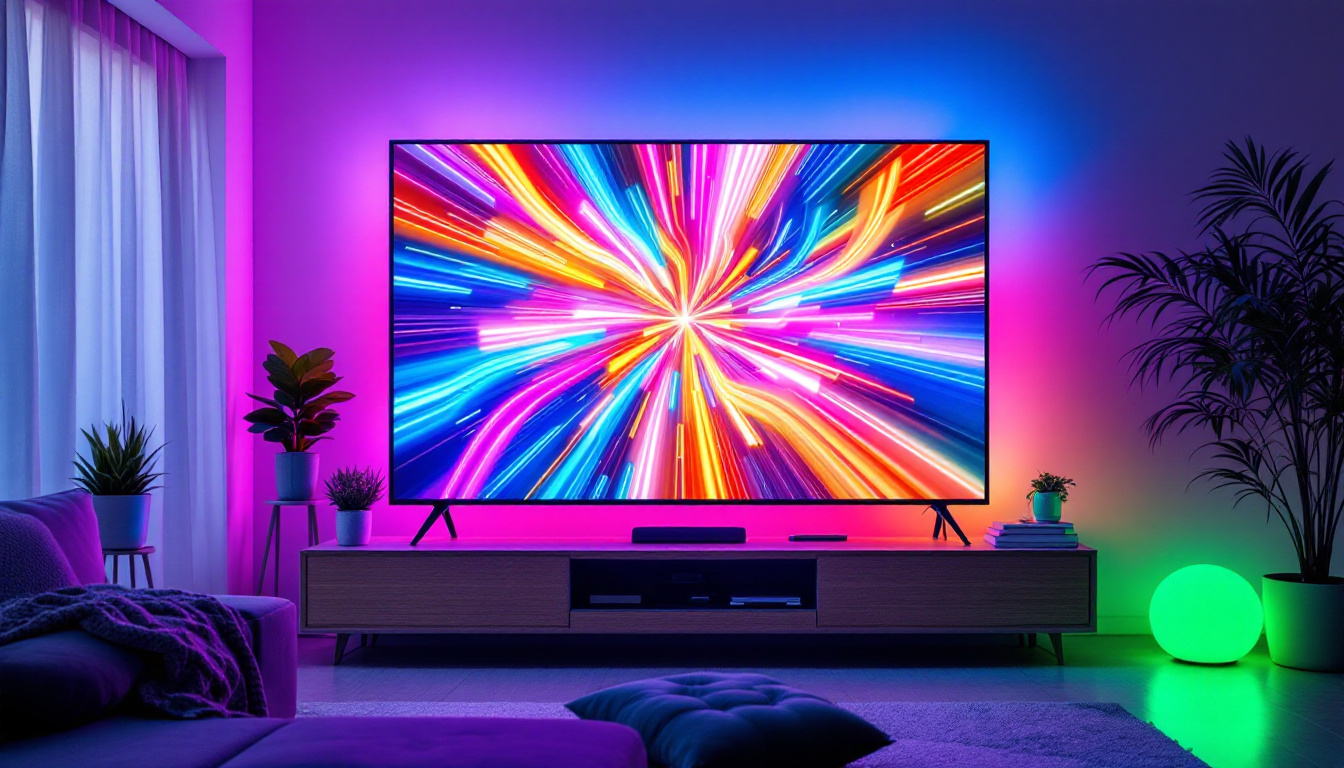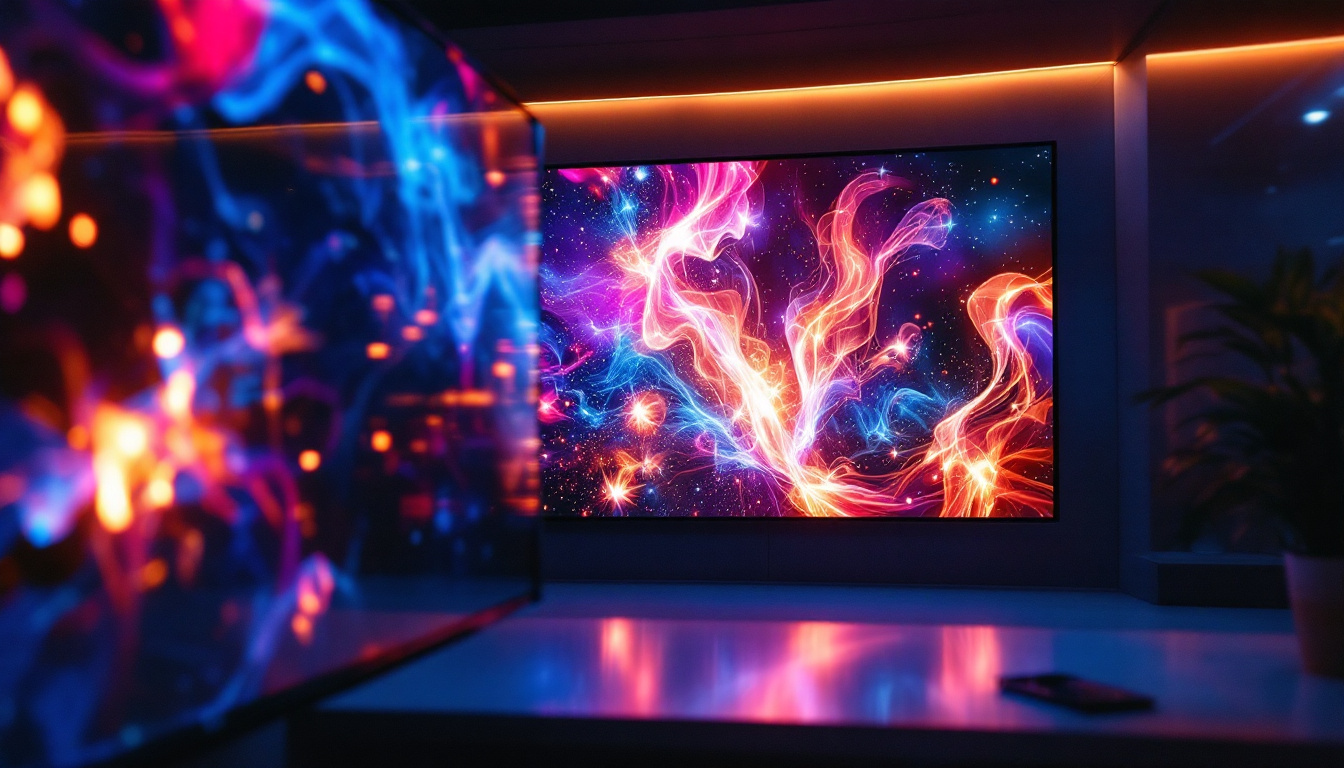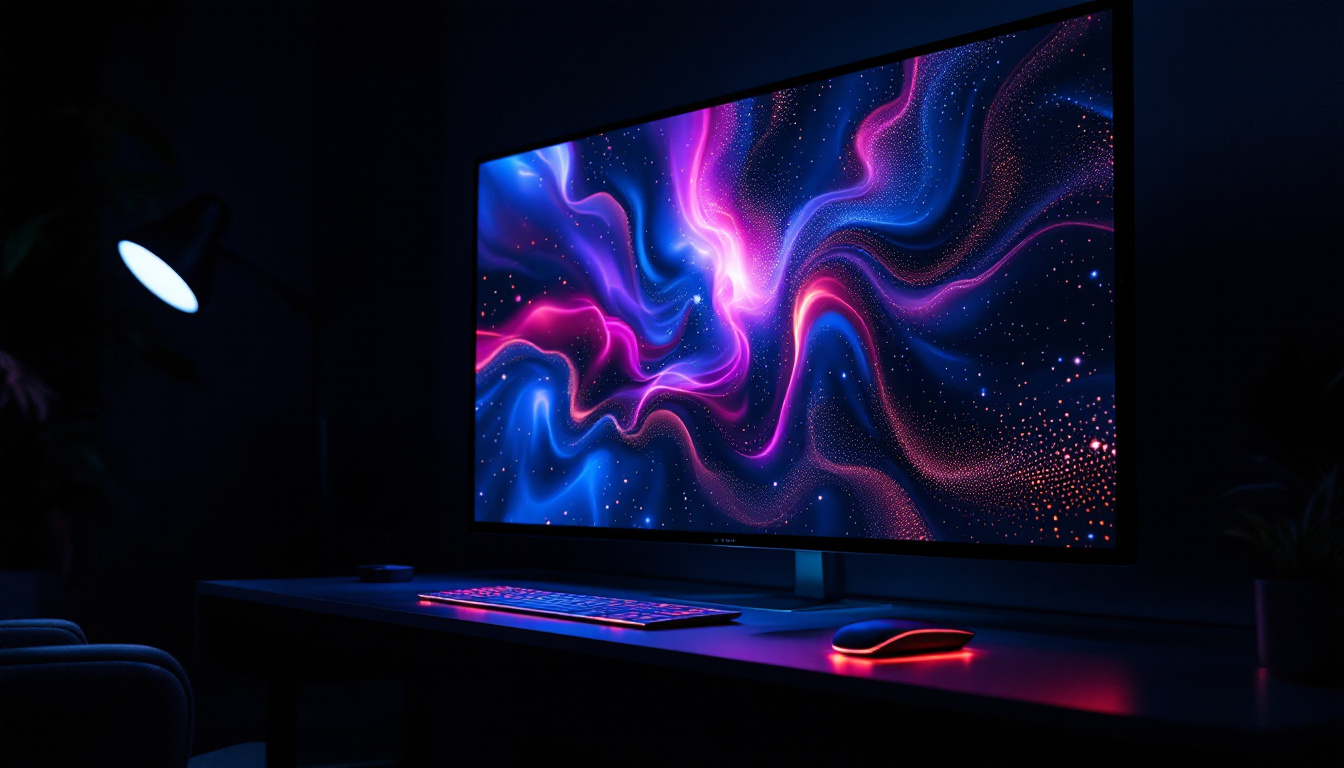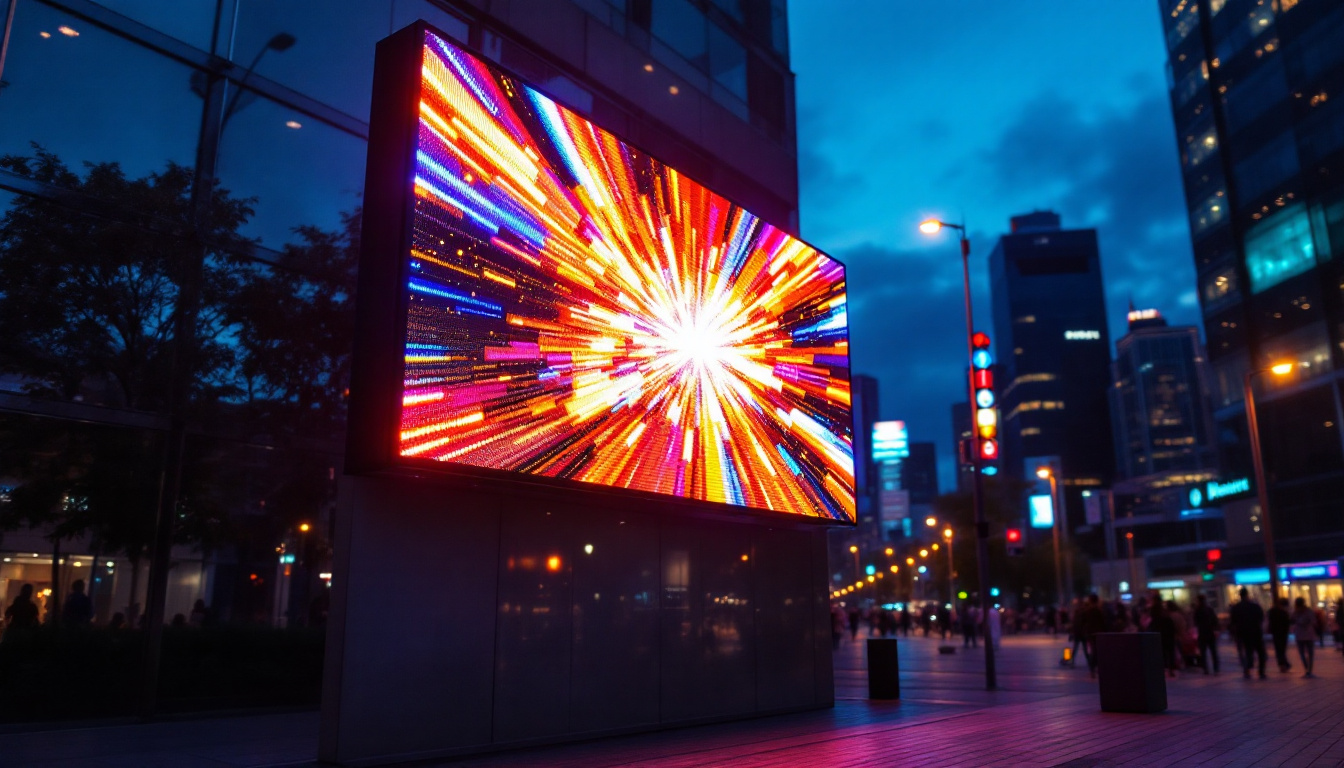understanding measurements is crucial in various fields, especially in technology and design. One common conversion that often arises is between millimeters and inches. This article will delve into the specifics of converting 105 mm to inches, particularly in the context of LED displays, where precision is paramount.
The Basics of Measurement Conversion
Measurement conversion is a fundamental skill that applies to many disciplines, including engineering, architecture, and graphic design. The metric system, which includes millimeters (mm), is widely used around the world, while the imperial system, which includes inches, is primarily utilized in the United States. Understanding how to convert between these two systems is essential for effective communication and execution of projects. In a globalized world, where collaboration often spans across countries with differing measurement systems, having a solid grasp of conversion techniques can enhance clarity and reduce the risk of costly mistakes.
Understanding Millimeters and Inches
Millimeters are part of the metric system, where one millimeter is one-thousandth of a meter. This unit is often used for smaller measurements, such as the dimensions of electronic components or precision tools. On the other hand, inches are part of the imperial system, with one inch equaling 2.54 centimeters or 25.4 millimeters. This distinction is particularly important in fields like manufacturing, where precision is crucial. For instance, a slight miscalculation in measurements can lead to parts that do not fit together properly, resulting in delays and increased costs.
When dealing with LED displays, the dimensions of the screen can significantly impact the design and functionality. Therefore, knowing the exact size in both millimeters and inches can help in selecting the right display for specific applications. For example, a designer may need to choose between a 100 mm screen or a 4-inch screen, and understanding the conversion can aid in making an informed decision that aligns with the project requirements. Additionally, the choice of measurement can influence the visual aesthetics of a design, as certain dimensions may be more appealing or practical depending on the context.
Conversion Formula
The formula to convert millimeters to inches is straightforward: divide the number of millimeters by 25.4. For example, to convert 105 mm to inches, the calculation would be:
105 mm ÷ 25.4 = 4.1339 inches
This means that 105 mm is approximately 4.13 inches. Such conversions are not only useful for understanding dimensions but also for comparing specifications across different products. In addition to basic conversions, it is also beneficial to familiarize oneself with common conversion factors, such as knowing that 1 inch is roughly equal to 2.54 centimeters. This knowledge can streamline processes in various fields, from crafting to construction, where quick mental calculations may be necessary. Furthermore, many digital tools and apps are now available to assist with these conversions, making it easier than ever to ensure accuracy in measurements, regardless of the system being used.
Importance of Accurate Measurements in LED Displays
In the realm of LED displays, accurate measurements are vital for several reasons. Whether designing a new product or integrating a display into an existing system, precision ensures compatibility and optimal performance.
Design Considerations
When designing an LED display, the size of the screen plays a crucial role in user experience. A display that is too small may not be easily viewable, while one that is excessively large can overwhelm the viewer. Understanding the conversion from millimeters to inches allows designers to visualize the size more effectively, ensuring that the display meets the intended purpose.
For instance, in a retail environment, the size of the LED display can influence customer engagement. A display measuring 105 mm (or 4.13 inches) might be suitable for small signage or point-of-sale displays, while larger dimensions would be necessary for billboards or large advertising screens. Moreover, the placement of these displays is equally critical; a well-sized display positioned at eye level can significantly enhance visibility and attract more foot traffic, leading to increased sales and brand recognition.
Furthermore, the aspect ratio of the display must also be taken into account during the design phase. A standard 16:9 ratio is commonly used for video content, while other formats may be better suited for specific applications, such as digital signage or artistic installations. By accurately measuring and considering these factors, designers can create displays that not only fit the physical space but also resonate with the target audience.
Technical Specifications
LED displays come with various technical specifications, including pixel pitch, resolution, and brightness. These specifications often reference dimensions in millimeters. Therefore, converting these measurements to inches can help in comparing different models and understanding their capabilities.
For example, if a display has a pixel pitch of 2.5 mm, knowing how that translates into inches can aid in determining the density of pixels and the overall image quality. A higher pixel density typically results in sharper images, which is crucial for applications such as video walls or high-definition advertising. Additionally, brightness levels measured in nits are essential for ensuring visibility in different lighting conditions; a display intended for outdoor use must be significantly brighter than one designed for indoor environments.
Moreover, the refresh rate of an LED display, often measured in hertz, is another critical specification that can be influenced by accurate measurements. A higher refresh rate can reduce motion blur and provide a smoother viewing experience, particularly for fast-moving content such as sports broadcasts or dynamic advertisements. Understanding these technical specifications in relation to precise measurements allows manufacturers and consumers alike to make informed decisions that enhance the overall effectiveness of the display technology.
Applications of LED Displays
LED displays are ubiquitous in modern society, used in various applications ranging from advertising to information dissemination. Understanding the measurement conversions can enhance the effectiveness of these displays in different contexts.
Advertising and Marketing
In the advertising sector, LED displays are favored for their vibrant colors and high visibility. The size of these displays can significantly impact their effectiveness. For instance, a display measuring 105 mm may be ideal for a small advertisement, while larger displays are better suited for billboards on highways.
Moreover, the ability to convert measurements allows marketers to strategize the placement and size of displays based on the viewing distance. A display that is too small for a long-distance view may not capture attention effectively, leading to wasted advertising potential.
Public Information Displays
Public information displays, such as those found in airports or train stations, also benefit from precise measurements. These displays need to be large enough to be read from a distance while still fitting into the architectural constraints of the space.
For example, a 105 mm display might be suitable for a wayfinding sign, but larger dimensions would be necessary for flight information boards. Accurate conversions ensure that the right size is selected for each application, enhancing the overall effectiveness of the display.
How to Measure LED Displays
When working with LED displays, measuring the dimensions accurately is essential for installation and design purposes. Here are some tips on how to measure LED displays effectively.
Using a Caliper
A caliper is a precise measuring tool that can be used to measure the dimensions of LED displays accurately. When measuring, ensure that the caliper is aligned correctly to avoid discrepancies in the measurements. It is also advisable to take multiple measurements to confirm accuracy.
For instance, measuring the width and height of a display in millimeters can then be converted to inches using the previously mentioned formula. This method provides a reliable way to ensure that the dimensions are correct before proceeding with installation.
Measuring Display Area
In addition to measuring the dimensions, calculating the display area is also important. The area can be determined by multiplying the width by the height. This calculation is particularly useful when determining how much space the display will occupy in a given environment.
For example, if an LED display measures 105 mm in width and 200 mm in height, the area can be calculated as follows:
Area = Width × Height = 105 mm × 200 mm = 21,000 mm²
Converting this area into square inches can also be beneficial for understanding the display’s size in different contexts.
Future Trends in LED Display Technology
The LED display industry is rapidly evolving, with new technologies and innovations emerging regularly. Understanding measurements and conversions will continue to be essential as these advancements occur.
Increased Resolution and Pixel Density
As technology advances, the demand for higher resolution and pixel density in LED displays is increasing. This trend means that manufacturers are continually refining their designs, often resulting in smaller pixel pitches. Understanding how these measurements translate into inches will be crucial for consumers and professionals alike.
For example, a display with a pixel pitch of 1.5 mm may seem small, but when converted to inches, it becomes clear how compact and high-resolution the display truly is. This knowledge can help consumers make informed decisions when purchasing LED displays.
Integration with Smart Technology
The integration of smart technology with LED displays is another trend that is shaping the future of this industry. As displays become more interactive and connected, understanding their dimensions and specifications will be vital for ensuring compatibility with other devices.
For instance, smart displays that can connect to mobile devices or the internet may require specific dimensions to accommodate additional hardware. Accurate measurements will help in designing these displays to meet the needs of modern consumers.
Conclusion
Understanding the conversion of measurements from millimeters to inches is not just a mathematical exercise; it plays a significant role in various applications, particularly in the realm of LED displays. Whether for advertising, public information, or personal use, the size and specifications of a display can greatly influence its effectiveness.
With the rapid advancements in LED technology, being equipped with the knowledge of measurement conversions will empower individuals and businesses to make informed decisions. As the industry continues to evolve, staying abreast of these changes will ensure that the right displays are chosen for the right applications, ultimately enhancing user experience and engagement.
In summary, 105 mm converts to approximately 4.13 inches, a measurement that can have significant implications in the design and functionality of LED displays. By understanding and applying these conversions, one can navigate the complexities of measurement with confidence.
Discover LumenMatrix LED Display Solutions
Ready to take your visual communication to the next level? LumenMatrix is at the forefront of LED display technology, offering a wide range of innovative solutions that bring your brand to life. From vibrant Indoor and Outdoor LED Wall Displays to dynamic Vehicle and Sports LED Displays, our products are designed to captivate and engage your audience. Whether you need a Floor LED Display, a Custom solution, an All-in-One LED Display, or a Transparent Display, we have the expertise to enhance your message with unparalleled clarity. Check out LumenMatrix LED Display Solutions today and experience the revolution in digital signage.




